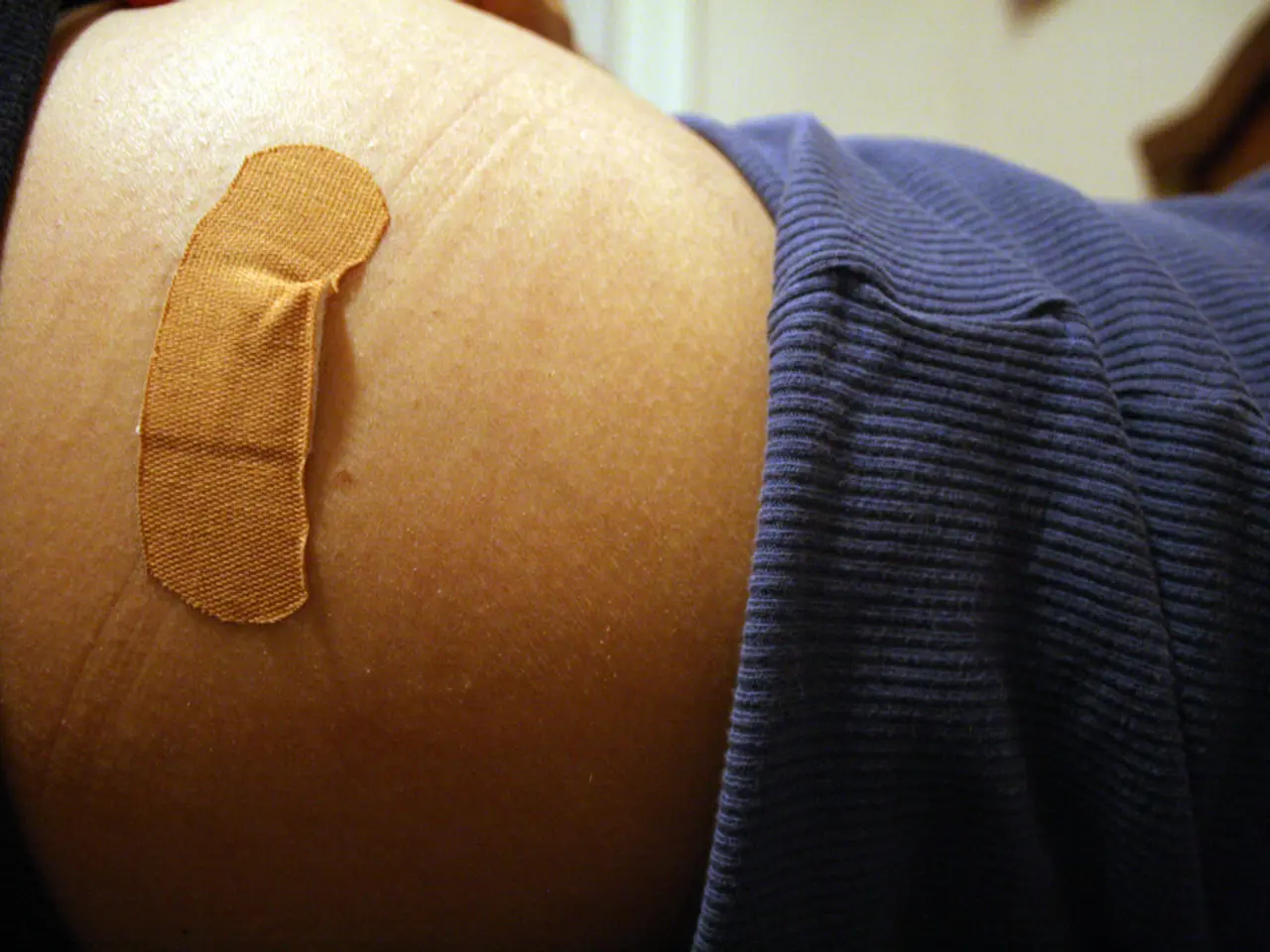Assessment of Peroneal Tendonitis: Examining Symptoms, Imaging, and Potential Alternative Diagnoses
Accurately diagnosing peroneal tendonitis is crucial to avoid confusion with other foot and ankle injuries such as bone fractures, arthritis, or sprains. This condition, which affects the tendons located on the lateral (outside) part of the ankle, is often caused by excessive use or injury.
Causes of Peroneal Tendonitis
Peroneal tendonitis predominantly involves overuse and mechanical stress on the peroneal tendons. Key causes include:
- Overuse from increased training volume or intensity, especially in activities involving running or lateral sports that require quick changes of direction.
- Mechanical factors such as supination (foot rolling outward), chronic ankle instability, and inversion ankle sprains (foot rolling inward causing the ankle to roll outward).
- Unsupportive or worn-out footwear that allows excessive supination or lateral ankle movement.
- Running on uneven terrain with roots, rocks, or obstacles.
- Repetitive motion, such as always running around a track in the same direction.
Distinguishing Peroneal Tendonitis from Other Foot and Ankle Injuries
Distinguishing peroneal tendonitis from other foot and ankle injuries involves considering the location of pain, specific symptoms, and causes.
Peroneal tendonitis causes pain and tenderness on the outer side of the ankle and foot, especially around the peroneal tendons which stabilise the foot and ankle laterally. Unlike ankle sprains or fractures that may cause sudden, acute pain and swelling, peroneal tendonitis is usually a gradual onset of pain linked to repetitive stress or overuse.
The pain location helps distinguish peroneal tendonitis from posterior tibial tendonitis (which affects the inside of the ankle) or extensor tendonitis (typically causing pain on the top of the foot). Diagnosis typically involves a physical exam focusing on areas of tenderness, assessment of foot mechanics, and possibly imaging like MRI or ultrasound to rule out other injuries such as fractures or ligament tears.
Prevention and Treatment of Peroneal Tendonitis
Preventing peroneal tendonitis involves measures such as beginning training mildly and increasing the intensity gradually, performing stretch exercises, keeping body weight in check, using braces to support ankles, and wearing well-fitted shoes.
Imaging tests help identify tendon tears, fluid buildup, and bone problems associated with peroneal tendonitis. Physical examination may include observation, palpation, range of motion tests, and checks for muscle strength and specific tests for tendon problems.
Recovery time for peroneal tendonitis can be days to weeks or even months, depending on the willingness to follow the treatment plan prescribed and the severity of the condition. Complications of peroneal tendonitis include tendon tear, damage to nerves, and ankle instability.
In summary, peroneal tendonitis is mainly caused by repetitive lateral ankle stress and can be distinguished by its characteristic pain location on the lateral ankle, mechanism of injury, and clinical testing, setting it apart from other common foot and ankle conditions like sprains, fractures, or different tendonitis types.
- To avoid mistaking peroneal tendonitis for other health issues like chronic-kidney-disease or cancer, a proper diagnosis is essential.
- Science and medical-conditions are closely intertwined in the understanding and treatment of chronic-diseases such as peroneal tendonitis.
- Medication may be recommended as part of the treatment plan for managing pain and promoting healing in peroneal tendonitis.
- Respiratory-conditions and digestive-health issues are unrelated to peroneal tendonitis, but they are important aspects of overall health and wellness.
- In the broad field of neurological-disorders, peroneal tendonitis does not belong, but autoimmune-disorders could potentially impact any body part, including the foot and ankle.
- Skin-care is treated separately from peroneal tendonitis, but it plays a crucial role in maintaining eye-health and hearing sensitivity.
- Cardiovascular-health is distinct from foot and ankle issues, but taking care of the heart can contribute to overall well-being and resistance to physical stress.
- Diagnosing peroneal tendonitis requires careful examination of symptoms and location of pain, in addition to various tests like MRI and ultrasound.
- Proper treatment and care for peroneal tendonitis include rehabilitation exercises, rest, medication, and supportive footwear for better health-and-wellness.




